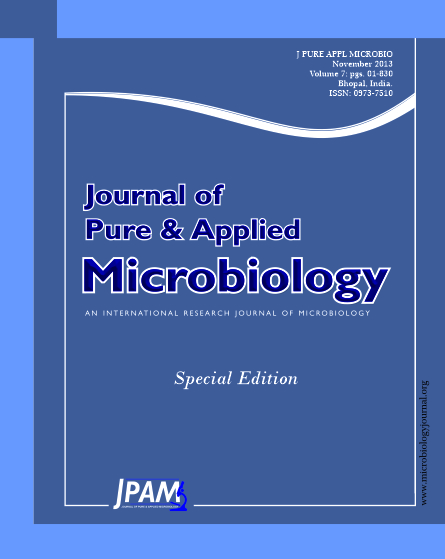Membrane bioreactors (MBRs) technology has a higher efficiency of water pollutants reduction than conventional sewage treatment technologies. However, the application of MBRs technology on sewage treatment is limited due to its high operating cost and investment. In this study, a comprehensive linear simulation model was constructed to evaluate the socio-economic impact and environmental sustainable development of sewage treatment by using MBRs technology. Moreover, we select Beijing to make an empirical study. The simulation result forecasts that using MBRs technology, T-P, T-N and COD in 2020 can be reduced by 22%, 15% and 66%, respectively, compared with 2010, and the goal of reduction of both energy consumption intensity and GHG emission intensity is achievable. Therefore, sewage treatment by MBRs technology is feasible in the view of socio-economic sustainable development.
Membrane bioreactors, Comprehensive evaluation, Model, Sewage, Beijing
© The Author(s) 2013. Open Access. This article is distributed under the terms of the Creative Commons Attribution 4.0 International License which permits unrestricted use, sharing, distribution, and reproduction in any medium, provided you give appropriate credit to the original author(s) and the source, provide a link to the Creative Commons license, and indicate if changes were made.


